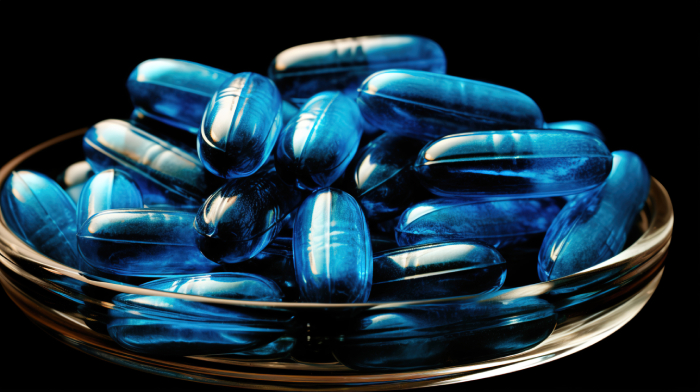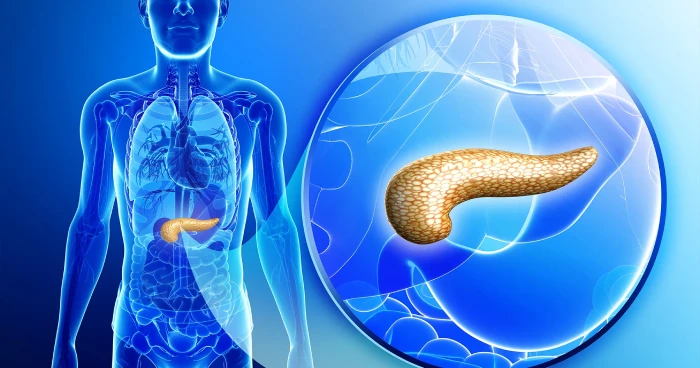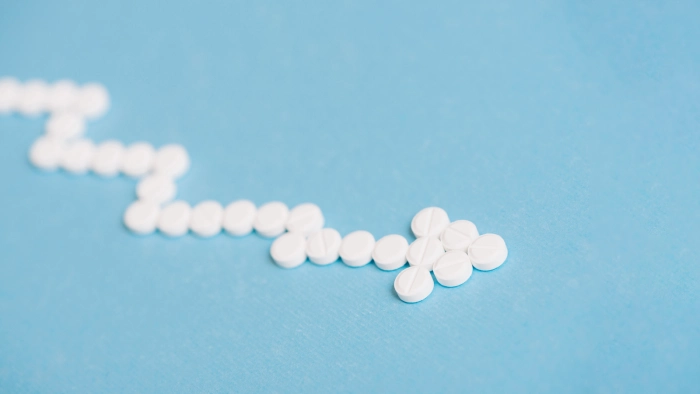Exploring the Renal Protective Effects of Black Rice Anthocyanins
This study investigated the potential of black rice anthocyanins (BRAs) to protect against kidney damage in mice induced by D-galactose (D-gal). A renal aging model was created by administering subcutaneous injections of D-gal over thirteen weeks. Researchers measured serum levels of urea nitrogen (BUN), creatinine (CRE), uric acid (UA), antioxidant enzymes (such as GSH-Px and SOD), and total antioxidant capacity (T-AOC). They also analyzed inflammatory factors (IL-1β, IL-6, and TNF-α) in kidney tissues and examined the expression of proteins like NQO1, HO-1, IKKβ, NF-kBp65, and TLR4.
The results showed that BRA treatment significantly lowered BUN and CRE levels, boosted antioxidant enzyme activity and total antioxidant capacity in renal tissues, and reduced inflammatory markers. Additionally, BRAs normalized the expression of key proteins and supported the restoration of kidney tissue structure. The study concluded that BRAs could protect against kidney injury by modulating the Nrf2 and NF-κB signaling pathways, reducing oxidative stress and inflammation, and influencing gut microbiota. These findings highlight BRAs as a promising natural compound for preventing age-related kidney degeneration.
Commentary by SuppBase Columnist Alice Winters:
The study on black rice anthocyanins (BRAs) and their renal protective effects is a compelling addition to the growing body of research on natural compounds and their potential health benefits. The findings suggest that BRAs could play a significant role in mitigating kidney damage, particularly in the context of aging. Below, I provide an in-depth analysis of the study’s implications, strengths, and areas for further exploration.

Ingredient Analysis: The Power of Anthocyanins
Anthocyanins, the pigments responsible for the deep purple and red hues in fruits and vegetables, have long been studied for their antioxidant and anti-inflammatory properties. Black rice, in particular, is a rich source of these bioactive compounds. The study demonstrates that BRAs can significantly reduce oxidative stress and inflammation, two key contributors to renal injury. This aligns with existing research on anthocyanins, which have been shown to protect against various chronic diseases by neutralizing free radicals and modulating inflammatory pathways.
Mechanisms of Action: Nrf2 and NF-κB Pathways
The study highlights the role of BRAs in modulating the Nrf2 and NF-κB signaling pathways. Nrf2 is a critical regulator of antioxidant responses, while NF-κB is a central mediator of inflammation. By activating Nrf2, BRAs enhance the production of antioxidant enzymes like GSH-Px and SOD, which protect renal tissues from oxidative damage. Simultaneously, BRAs inhibit NF-κB, reducing the expression of pro-inflammatory cytokines such as IL-1β, IL-6, and TNF-α. This dual mechanism underscores the potential of BRAs as a multifaceted therapeutic agent for kidney health.
Gut Microbiota: An Emerging Frontier
One of the most intriguing aspects of the study is the suggestion that BRAs may influence gut microbiota. While the study does not delve deeply into this aspect, it opens the door for future research into the gut-kidney axis. Emerging evidence suggests that gut dysbiosis can contribute to renal dysfunction, and dietary interventions that promote a healthy gut microbiome may offer protective benefits. BRAs, with their prebiotic potential, could be a valuable tool in this regard.
Clinical Relevance and Dosage Considerations
The study’s findings are promising, but translating these results into practical recommendations requires careful consideration of dosage and bioavailability. Anthocyanins are known to have relatively low bioavailability, meaning that only a small fraction of ingested compounds reach systemic circulation. Future research should explore optimal dosing strategies and potential synergies with other bioactive compounds to enhance efficacy.
Safety and Side Effects
While the study did not report adverse effects, it is essential to consider the safety profile of BRAs, especially in long-term use. Anthocyanins are generally regarded as safe, but high doses may interact with medications or cause gastrointestinal discomfort in sensitive individuals. Consumers should consult healthcare professionals before incorporating BRAs into their regimen, particularly if they have pre-existing kidney conditions or are taking nephrotoxic drugs.
Market Trends and Consumer Appeal
The growing interest in natural and plant-based health products positions BRAs as a highly marketable ingredient. Consumers are increasingly seeking alternatives to synthetic supplements, and BRAs offer a compelling combination of scientific backing and traditional use. However, brands must communicate the benefits clearly and transparently, avoiding exaggerated claims that could erode trust.
Environmental and Ethical Considerations
Black rice cultivation is generally sustainable, but the environmental impact of large-scale production should be monitored. Ethical sourcing and fair trade practices are also critical, as black rice is often grown in developing regions. Brands that prioritize sustainability and social responsibility will resonate with environmentally conscious consumers.
Target Audience and Dietary Suitability
BRAs are suitable for a wide range of consumers, including vegetarians and those with common food allergies. However, individuals with specific dietary restrictions, such as those on low-oxalate diets, should exercise caution, as black rice contains moderate levels of oxalates.
Price and Brand Credibility
The cost of BRA supplements may be higher than conventional options due to the specialized extraction process and the relatively low yield of anthocyanins from black rice. Brands that invest in third-party testing and transparent labeling can build credibility and justify premium pricing.
Conclusion
The study on black rice anthocyanins offers valuable insights into their potential as a natural remedy for kidney protection. By addressing oxidative stress, inflammation, and possibly gut health, BRAs represent a promising avenue for preventing age-related renal degeneration. However, further research is needed to optimize dosage, enhance bioavailability, and explore long-term safety. For consumers, BRAs are a worthy addition to a holistic approach to kidney health, provided they are used responsibly and in consultation with healthcare professionals.
In a market saturated with health products, BRAs stand out for their scientific rigor and natural origins. As research continues to uncover their full potential, they may well become a cornerstone of preventive health strategies for aging populations.



